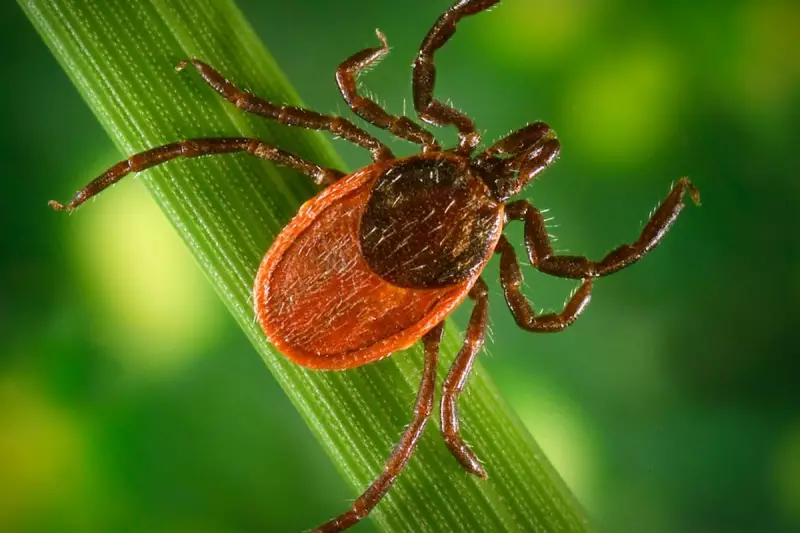
The UK Health Security Agency (UKHSA) has issued a stark warning about the growing threat of Lyme disease as tick populations rise across the country. Warmer temperatures and increased outdoor activity are creating ideal conditions for these disease-carrying parasites.
Why Are Ticks So Dangerous?
Ticks are small, spider-like creatures that feed on blood and can transmit Lyme disease through their bites. Symptoms often include:
- A circular rash resembling a bullseye
- Flu-like symptoms
- Fatigue
- Joint pain
How to Protect Yourself
UKHSA experts recommend several precautions:
- Wear long sleeves and trousers when in grassy or wooded areas
- Use insect repellent containing DEET
- Check your body and clothing for ticks after outdoor activities
- Remove any attached ticks promptly with fine-tipped tweezers
When to Seek Medical Help
If you develop symptoms after a tick bite or notice an expanding rash, contact your GP immediately. Early treatment with antibiotics is crucial for preventing long-term complications.
The warning comes as climate change creates more favourable conditions for ticks, potentially leading to more cases of Lyme disease in the coming years.





